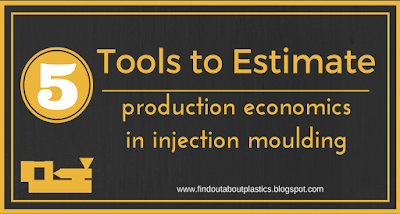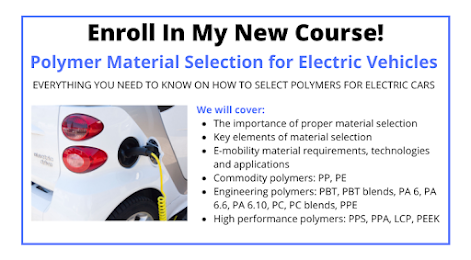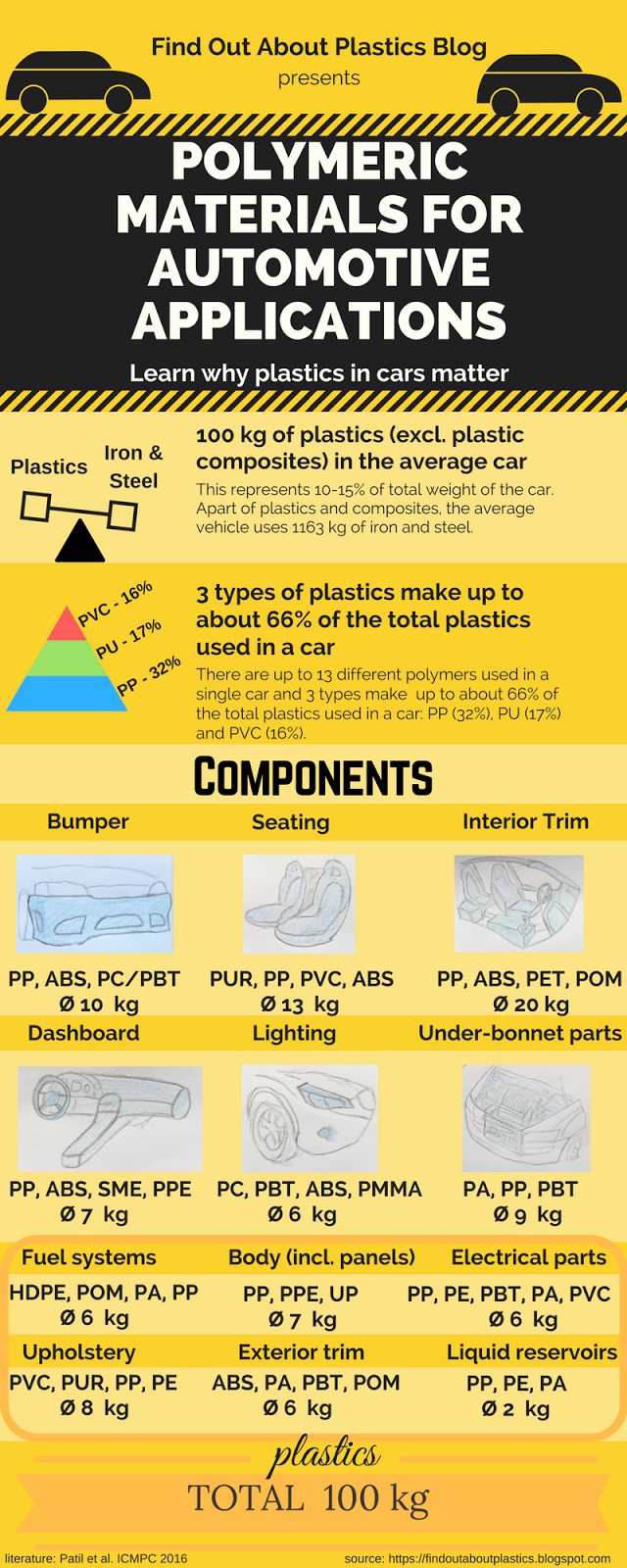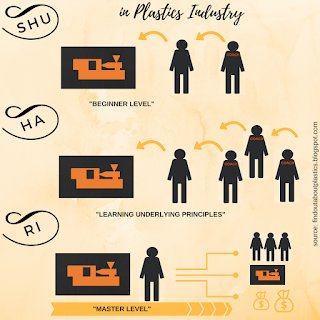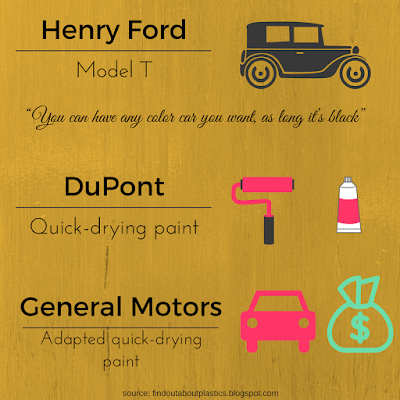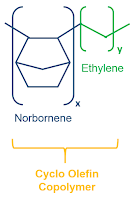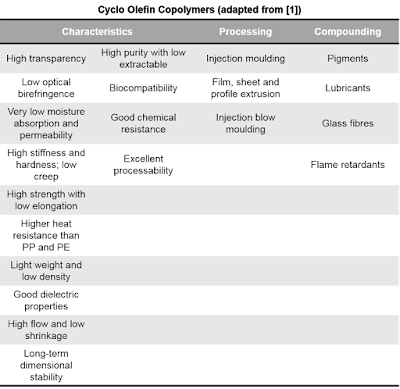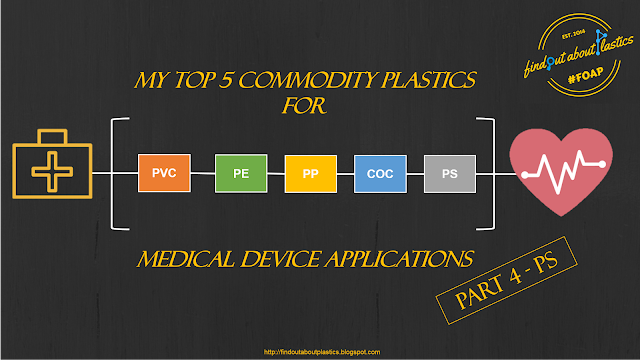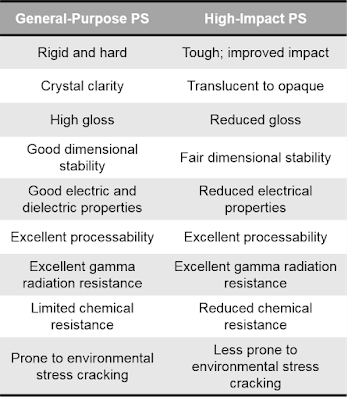Hello and welcome to
this blog post on 5 tools to estimate production economics in injection
moulding. A series production of an
injection moulding business may comprise thousands of produced parts monthly.
Therefore, optimizing costs per piece can substantially impact the business financial
outcome. Based upon literature research [1] and my own experience, I have compiled
5 injection moulding software tools to improve your production economics.
1. Injection Molding Cycle Time Estimator:
It is mainly used to estimate
the time of an injection moulding cycle, which in turn will support a better
production planning.
Features:
The estimation takes into consideration the resin type. Furthermore, it allows
a machine to set override for temperatures. For cooling, two types of
estimation methods are available: centerline and average cooling of the wall. It
has an error checking included and an easy Windows Forms interface. The
software is freeware.
2. ProMax-One™ Plastic Part Cost Estimator by InjectNet:
This program
calculates the total cost per part offering a cost breakdown where individual
cost positions are detailed.
Features:
The following boundary conditions are used: material, labour, mould cost,
machinery, maintenance, cavity information and general project information
(timeframe, etc.). This software is in its freeware version more complete than
the Injection Molding Cycle Time Estimator from 1).
3. CostMate® by UL Prospector
CostMate® is part of
UL Prospector plastics search engine.
Features:
It can accurately estimate the cost of producing an injection moulded part and it
considers costs associated to shipping as well as packing. Additionally, it can generate a report of
material price, machine, secondary costs, profit and total quote. Its basic
version is free.
4. DFM Concurrent Costing® by Boothroyd Dewhurst Inc.
This software is
mainly intended for the design of the part stage.
Features:
You can import your part geometry and you can customize the cost estimate
inputs. Furthermore, you can import variables from your own injection moulding
machine. Geometry calculations can be done within the program too. You can
compare alternative production processes and materials for manufacturing your
desired part. This is a commercial paid software.
5. CalcMaster® by Schoenberg & Partners
This commercial
software is a cost estimator and a good design assistant too.
Features:
CalcMaster® estimates the most economical number of cavities for your mould.
Furthermore, it is able to take the all over project hours cost (design and
manufacturing) into account.
Bonus: Injection molding cost estimator by Custompart
The injection molding cost estimator by Custompart is a handy tool which is free and web-based allowing you to quickly assess your production metrics.
Overarching, the
commercial software solutions, DFM Concurrent Costing and CalcMaster, are most
comprehensive regarding decision making on the final part costs. Nevertheless, ProMax-One™
can be a good choice to start with before investing into a commercial software
package. It offers already the calculation of several parameters such as cavity
data, project timeframe and material data.
Enjoy trying out some
of the programs and thanks for reading!
Greetings,
Herwig Juster
Interested in my monthly blog posts – then subscribe here and receive my high performance polymers knowledge matrix.
New to my Find Out About Plastics Blog – check out the start here section
Polymer Material Selection (PoMS) for Electric Vehicles (xEVs) - check out my new online course
[1] M.A. Selles, Analysis
and review of different tools to calculate the production economics in
injection molding, The 7th International Conference Interdisciplinarity in
Engineering (INTER-ENG 2013)

